mars 2025
Histoire
"Women in Architecture" at Harvard University

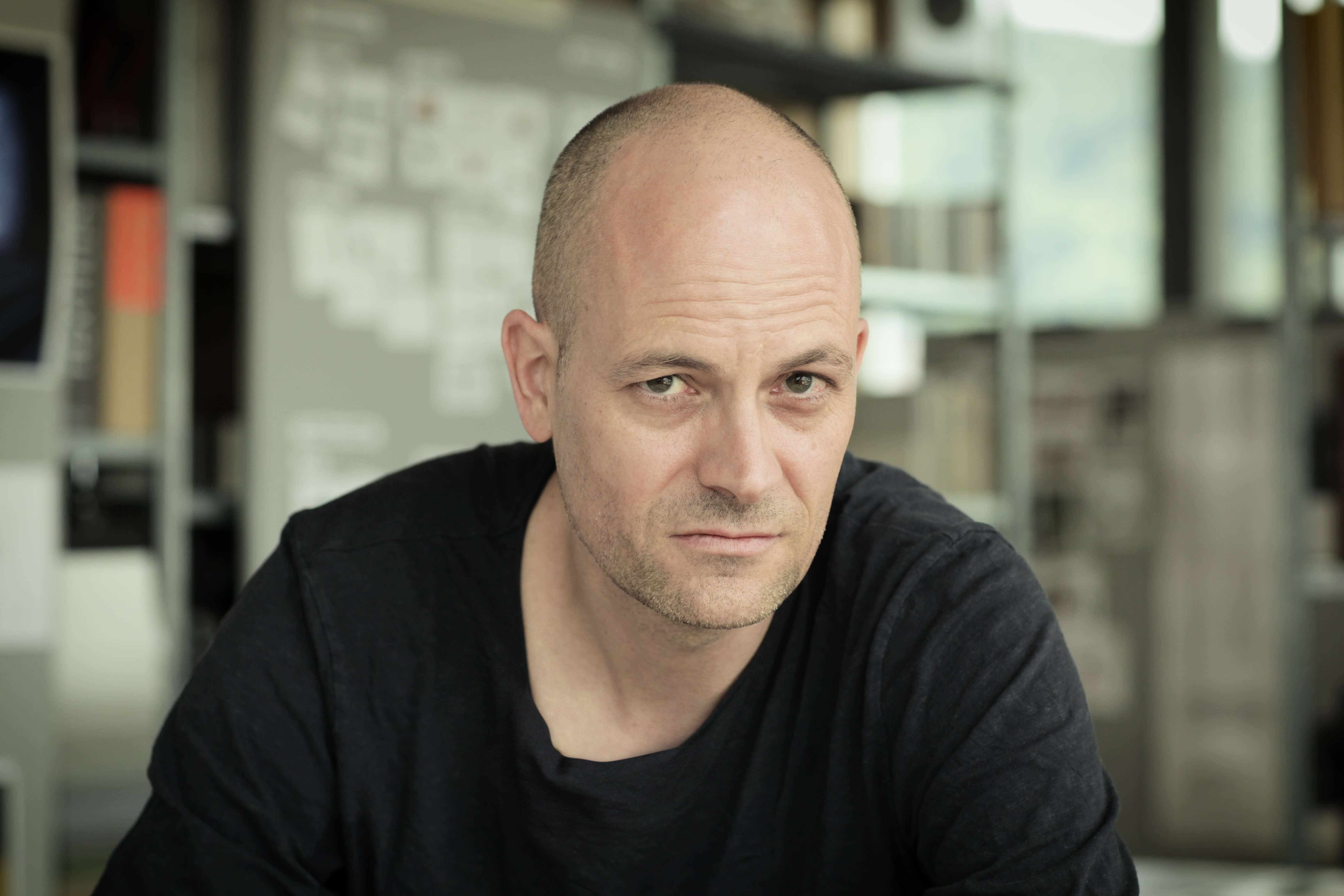
“I am convinced that the move towards a more sustainable world is happening right now.”
In Stephan Hürlemann’s mind, architects and designers have a responsibility – not just for great design, but when it comes to shaping our future too. The Zurich architect designs and develops products and interiors with vision and a focus on creating lasting value.
Looking out of the large windows, our view is drawn to the slopes of Zurich’s local mountain, the Uetliberg. The sweeping new-build in which we find ourselves is in the aspirational Zurich neighbourhood of Albisrieden. Once a tranquil residential area with a village feel, Albisrieden is now home to young, up-and-coming enterprises – like Studio Hürlemann, which has been there for almost a year now.

After completing his architectural studies at the ETH Swiss Federal Institute of Technology in Zurich, Hürlemann worked closely alongside Zurich designer Hannes Wettstein for a number of years. After Wettstein’s death, Hürlemann reinvented the Studio – and himself. Over the past 12 years, he has succeeded in developing his very own formal language: “Architectural thinking serves as the basis for my product and furniture design too. Recognising this has helped me to find my own path.”
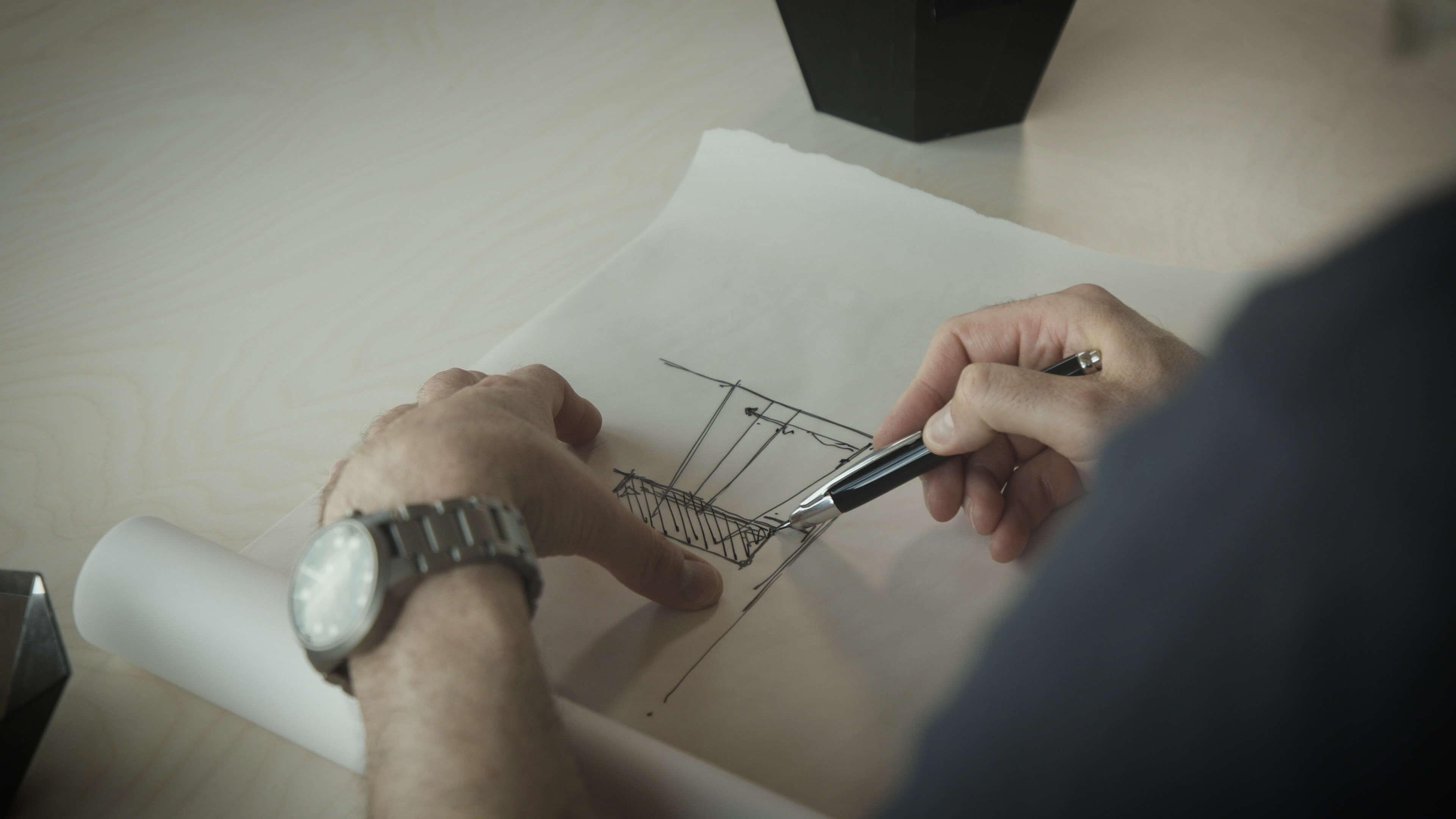
Architects and designers can make a change
Alongside installation, furniture and product design, Hürlemann and his studio are perhaps most well known for their all-encompassing interior architecture projects, most recently for instance the renovation of the head office of Swiss banking giant UBS. But Hürlemann is already thinking ahead. He looks off into his natural surroundings with a furrowed brow and speaks passionately about what drives him: “If we are to secure the future of our planet, we have to change. This change is happening right now. As architects and designers, we can be part of this change. It’s a huge opportunity to develop new products and new architecture.”
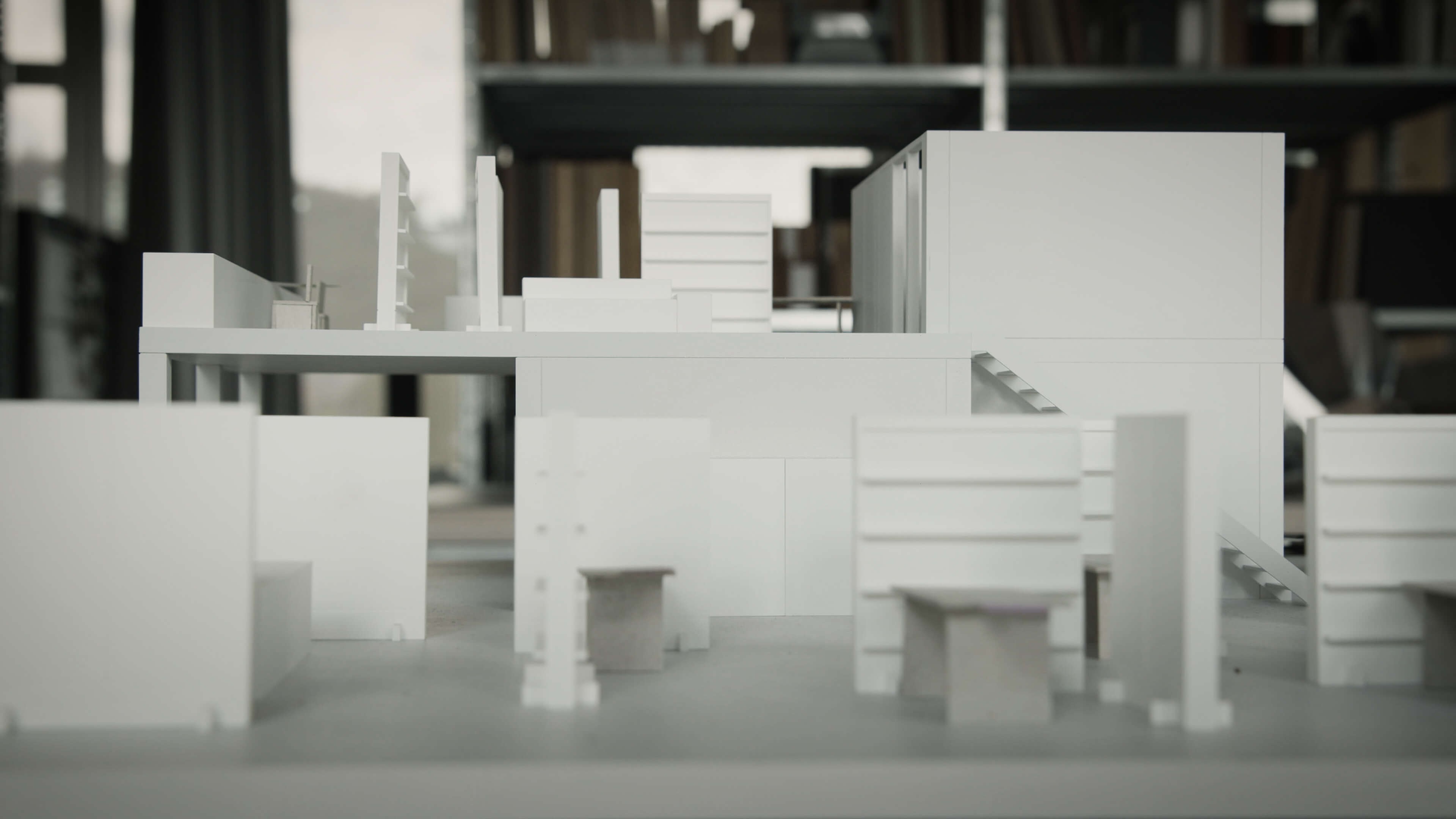
Stephan Hürlemann is actively contributing to this change with his designs. Looking to the future, he has made sustainability the crux of his work. “I want to create lasting value – that is what is most important to me. I want to create products and rooms that stand the test of time.”
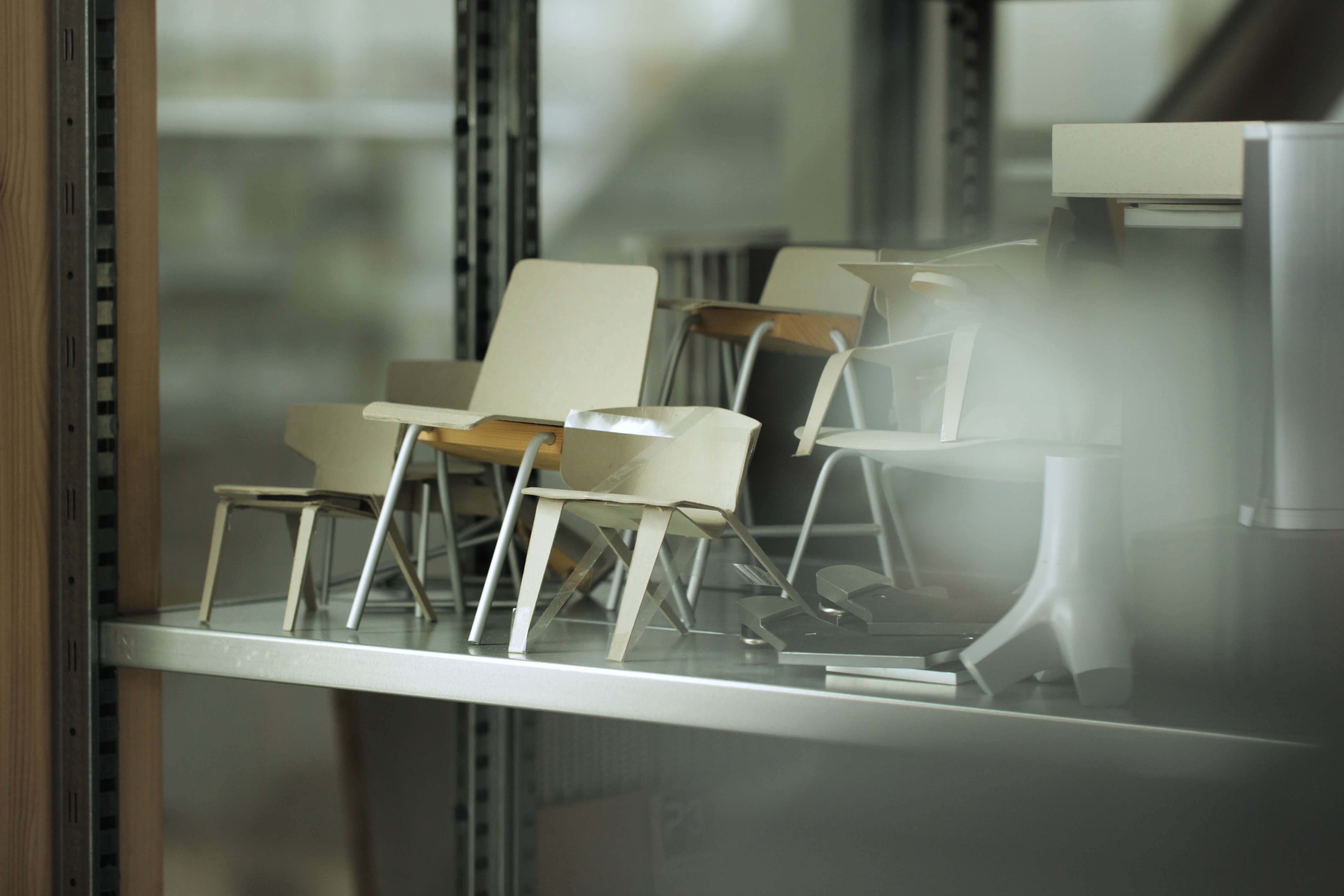
Moving away from industrialisation towards sustainability
With regard to furniture design, Hürlemann provides a number of good examples which underline his thinking. He sees the famous iconic designs of the last century as witnesses to an era whose time has come and gone: “It was all about bringing products into the homes of as many people as possible and making these affordable to the broad masses. Today the situation is completely different. The greatest challenge we are faced with today is climate change, and therefore sustainability. We should not simply develop another chair just for the sake of it.”
“Constant change is part of life today. We have to learn to deal with that, otherwise we’ve got no chance.”
If we look at the work of Stephan Hürlemann, it quickly becomes clear that it is this holistic thinking that makes him who he is. His works are often systemic, encompassing complete product families. Hürlemann sees design and architecture as part of a system – always part of a bigger picture and thus as a creative force for society. “In these times, to me there needs to be a good reason to produce something. The concepts need to perform better. Aesthetics alone is no longer sufficient to me.”

From large to small
But how does Hürlemann go about bringing the bigger picture into his designs? First, Hürlemann always looks at the system, the context and the rituals we pursue: “This way I know whether there really is a need. When I recognize a need, I try to find out what is actually needed to fulfil it. Then I try to design a structure – just like in architecture. Then, finally, I work out the details and the form.”
“It makes no difference to me whether I’m designing an architecture project or a product. The question I always ask myself is how the individual parts relate to one another and how they are connected.”
From rituals to architecture
Thinking holistically allows Stephan Hürlemann to design projects and products which reflect our everyday rituals as closely as possible. They fulfil a genuine need and, since they are always designed with context in mind, they are intuitive in use: “Architecture should not have to be explained to people. One ought to be guided and supported by it – without actually thinking of it. The same goes for product design: If you have to print instructions on a product explaining how to use it, then it isn’t really thought through.”
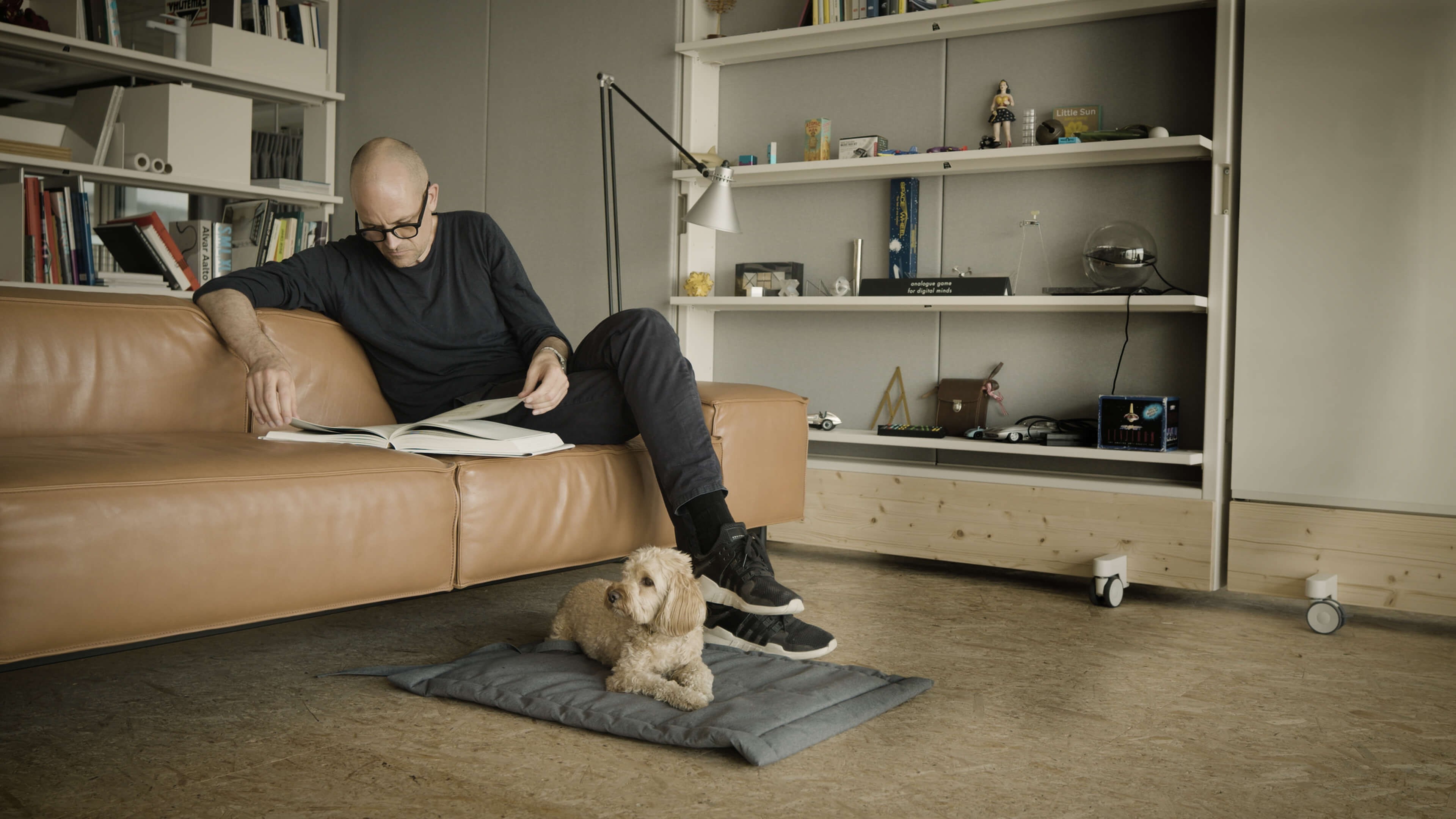
Magical moments of clarity
In order to see the big picture, things cannot only be looked at from a short distance. Hürlemann succeeds by always creating distance: “To ensure I keep a holistic overview and perspective, I try, wherever possible, to maintain some distance in my head. It also helps to find distance from my desk physically. I go running, visit a museum or go outside and enjoy nature. Sometimes it’s enough just to gaze off into the distance. It’s as if I send my thoughts off on a journey.”
“When I look at the bigger picture from different perspectives, I can see how the individual parts stand to one another. I see the connections and can assess where there is perhaps too much of something or if something is missing somewhere.”
Collaboration with Sky-Frame
Creating distance and adopting another perspective for more clarity also served as the common thread in his collaboration with Sky-Frame at the 2019 Milan Design Week. Hürlemann created the art installation A Piece of Sky for Sky-Frame (see box). “I really enjoy working with Sky-Frame as they are ready to rethink things. As such, innovation is possible.”
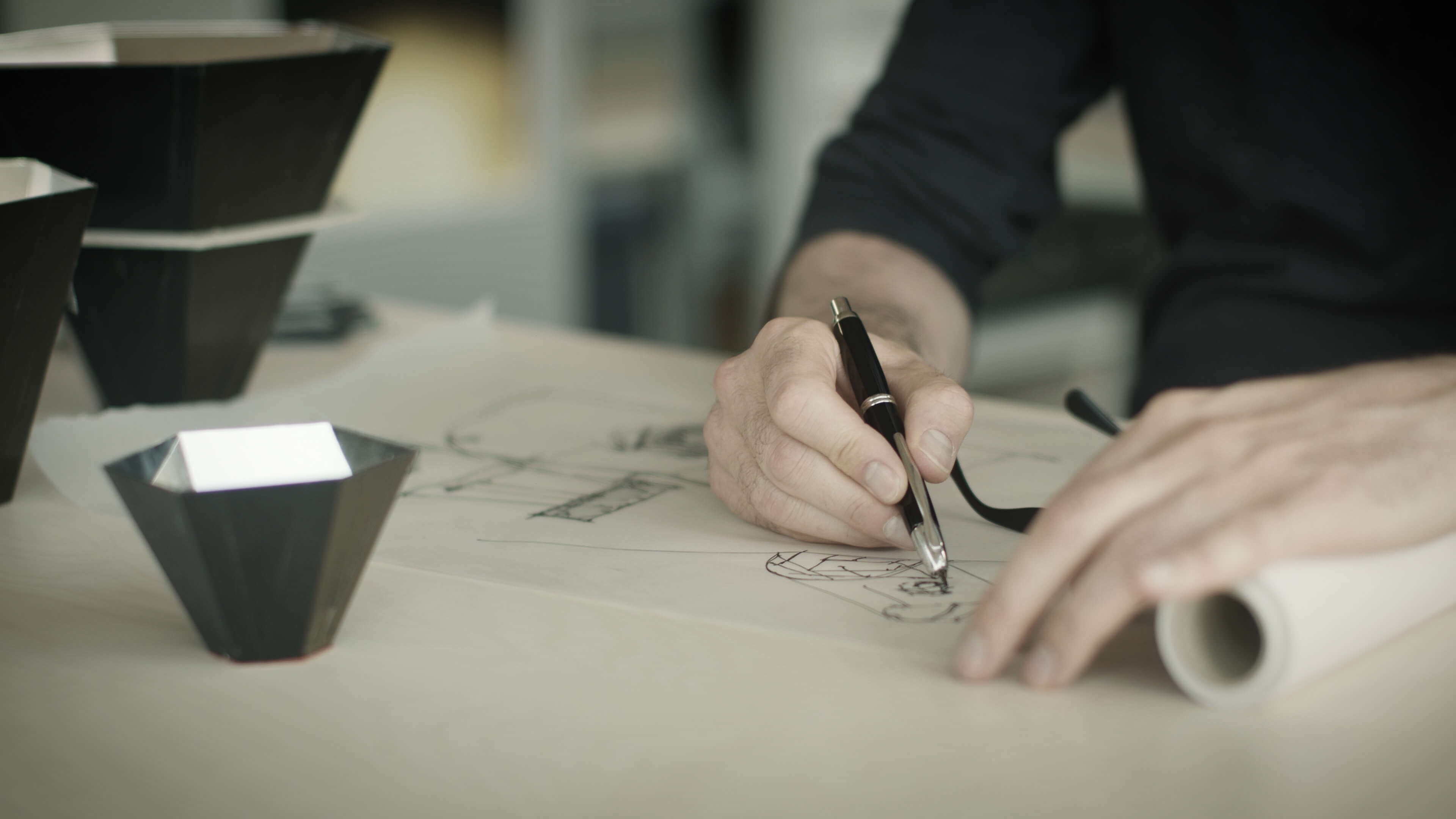
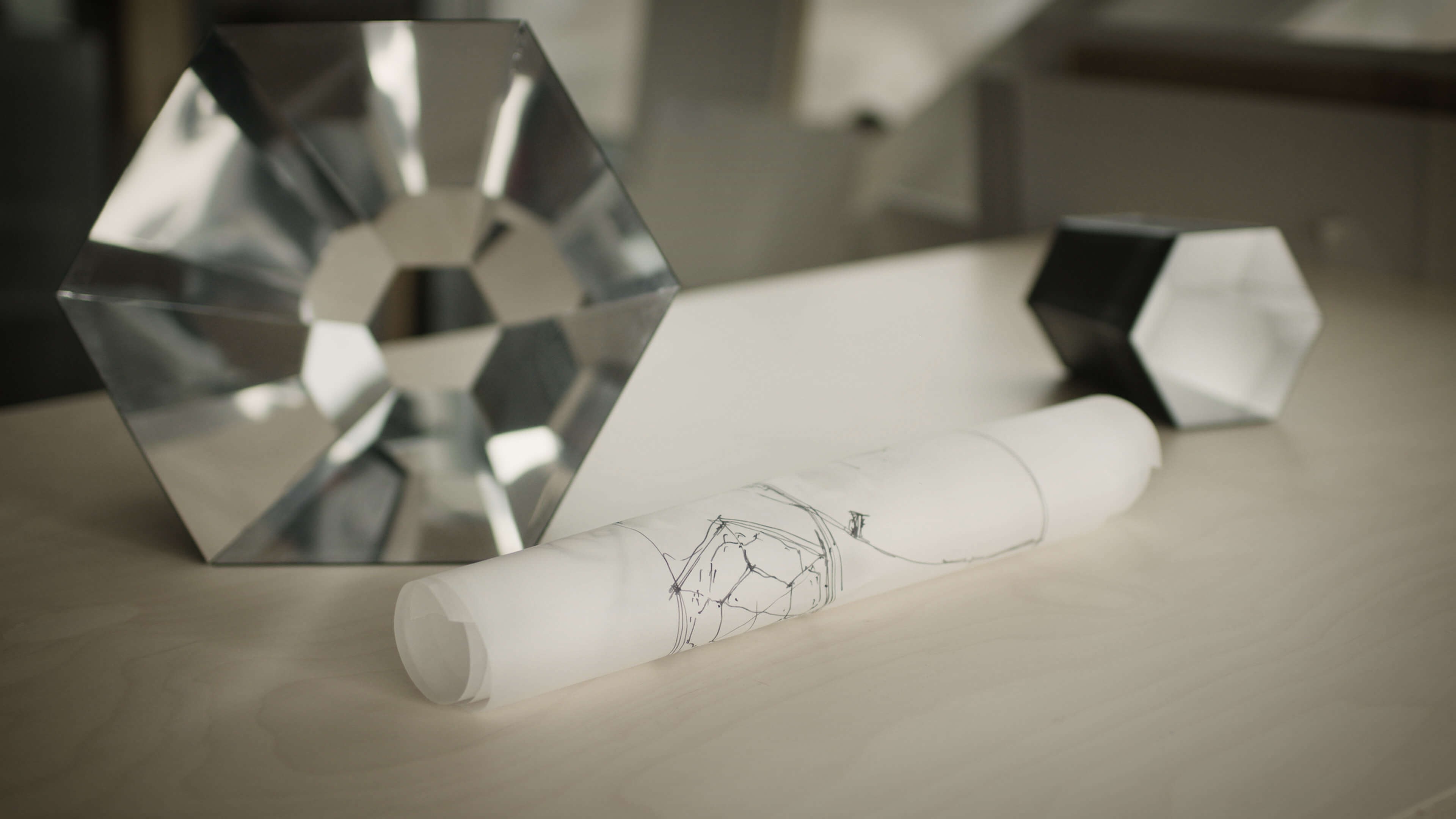
The connection between form and structure
Brilliant design comes to Hürlemann in these moments of clarity – then the overall function and aesthetic come together. “There are countless possible answers to the question of what makes design brilliant. It can be a new idea, intelligently fulfilling a need or a formal language that makes a structure identifiable and understandable.”
“For me, great design is always part of a greater system, part of a big story. I am convinced that everything is connected.”
Finding simple solutions to complex problems
Even as a child, solving puzzles and riddles was one of Stephan Hürlemann’s favourite pastimes. This analytical ability is what makes him so successful today: “I’ve always liked finding a solution in complex situations.” In product design in particular I always look for simplicity when dealing with complex requirements. That’s what my work is all about.”
“I am motivated primarily by my passion of finding simple solutions to complex questions.”
But perhaps here too the true secret to Hürlemann’s success comes down to the combination of structure of aesthetics: Music is another one of Hürlemann’s great passions. Whether as a musician or a designer of speakers for a famous high-end Zurich manufacturer: “Music has always been part of my life. I used to be in a band too. That’s another parallel to my current work. Architectural and design projects are something you cannot achieve alone. The customers, the planners, the suppliers, my team and me have to play together nicely. Working on projects always feels a little bit like playing in a band.”
Creating distance was one of the core ideas behind the art installation A Piece of Sky that Stephan Hürlemann designed for Sky-Frame for an exhibition at the 2019 Milan Design Week. Hürlemann: “The installation consists of a mirrored funnel. Upon entering the small space of the funnel an infinitely large space opens up in front of you. It feels as if you were looking at the earth from space and glimpsing your own existence on this planet. Ideally this dramatic distance will lead to a magical moment of clarity.”
Stephan Hürlemann was born and brought up in Appenzell. He studied architecture at the ETH Swiss Federal Institute of Technology in Zurich. After completing his studies, Hürlemann worked alongside Hannes Wettstein for six years. After Wettstein’s death, Hürlemann became the creative head of the studio. Over the past 12 years, Hürlemann has completed more than 60 design concepts with his team. Examples of his work include the modular sofa range DS-21 for De Sede (2016), the Appenzell door handle collection for Glutz (2018) or the mobile wall and furniture system Dancing Wall for Vitra (2018).
Studio Hürlemann develops interior architecture, furniture, products and installations. Its range spans from dynamic work environments and chairs right through to brand experiences. Its clients include SBB, Hermès, PwC, Horgenglarus, UBS and Vitra.
Film: Luzian Schlatter | Text: Shift to Clarity